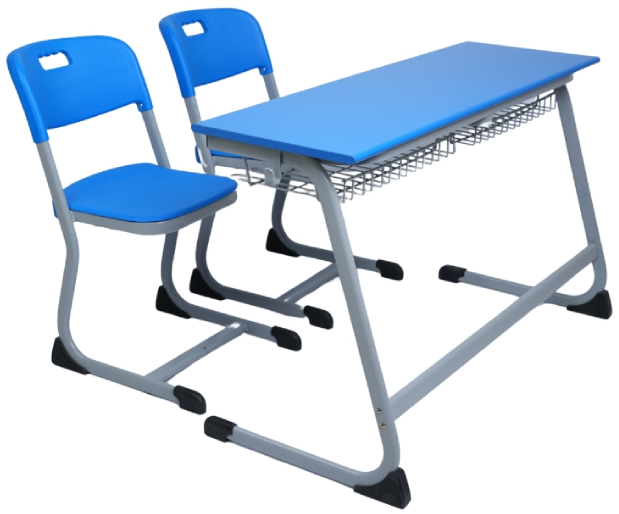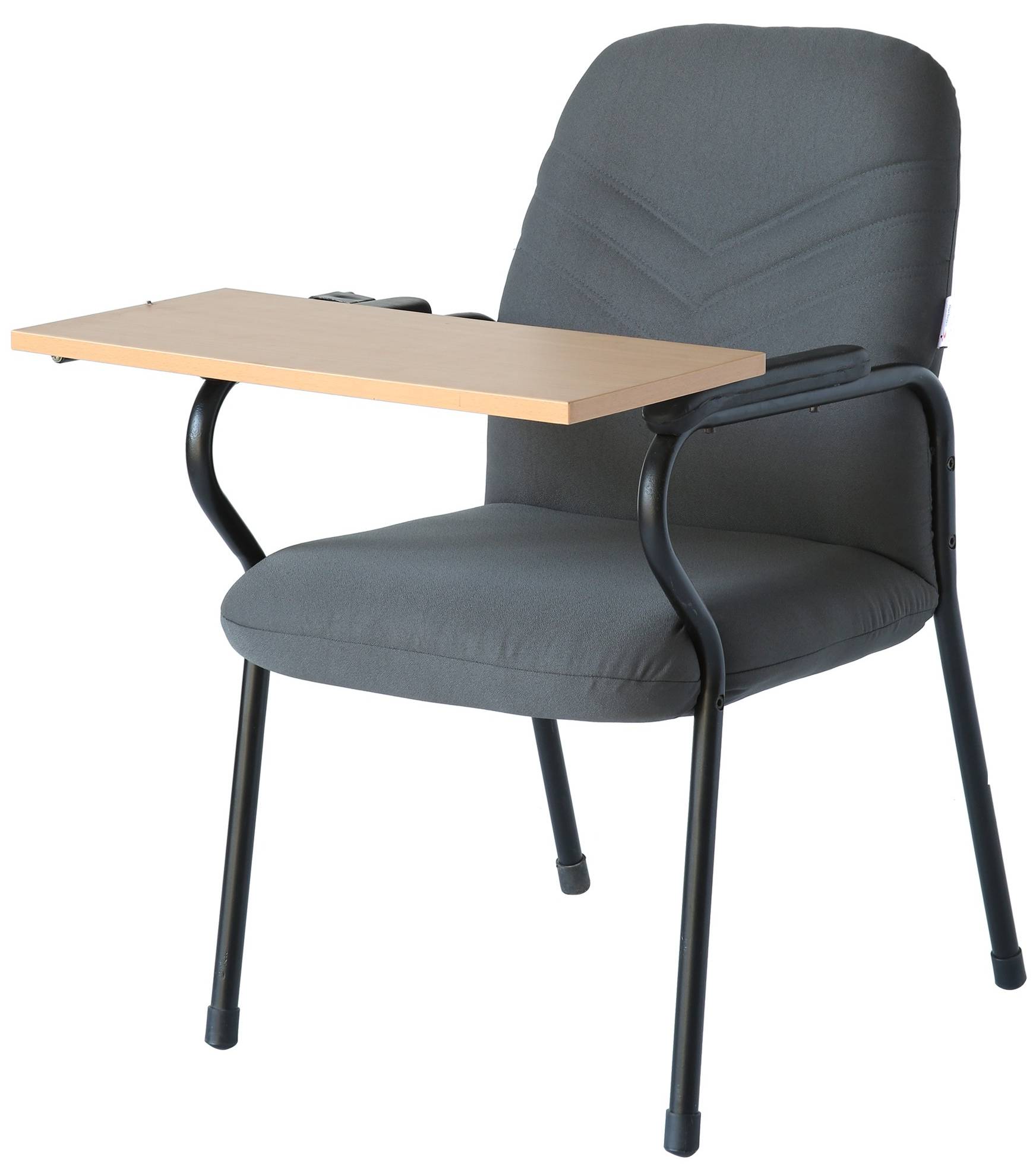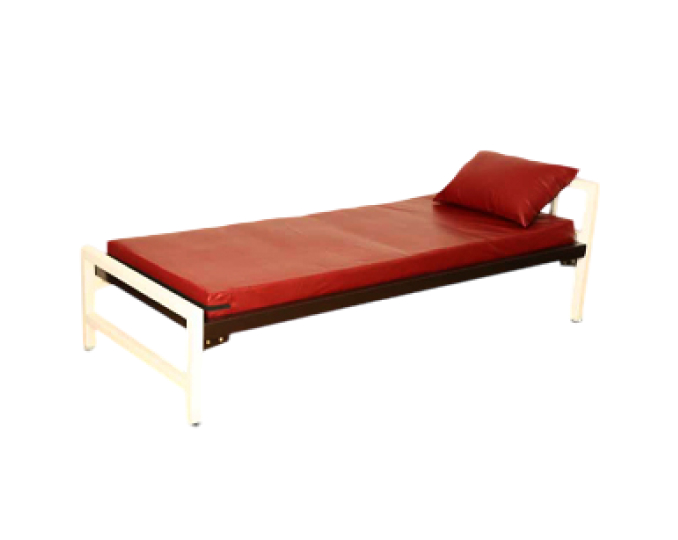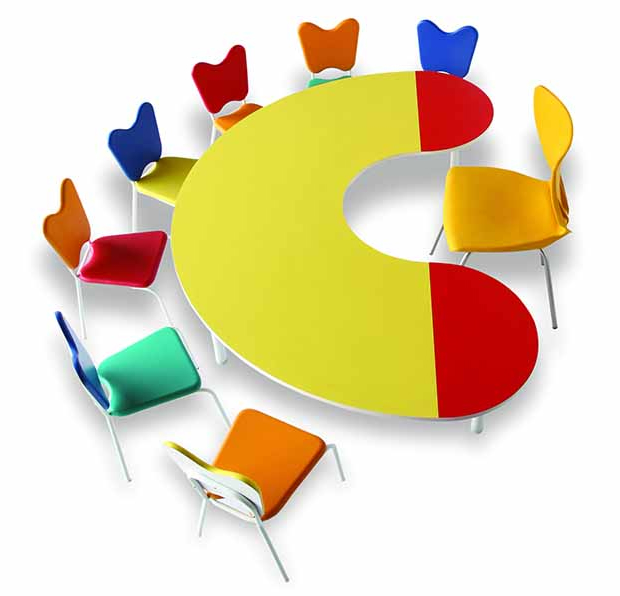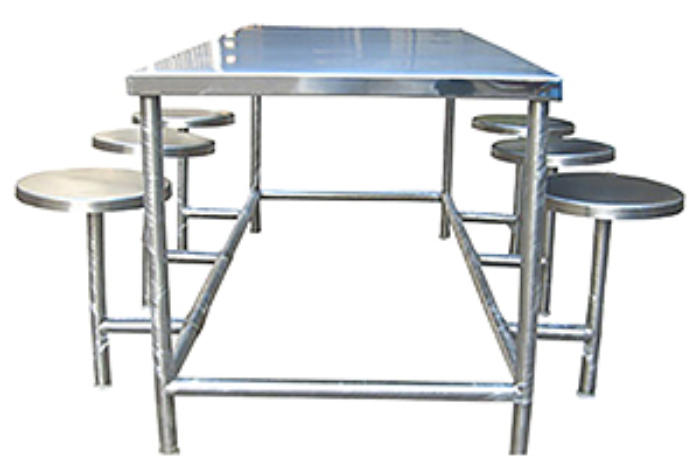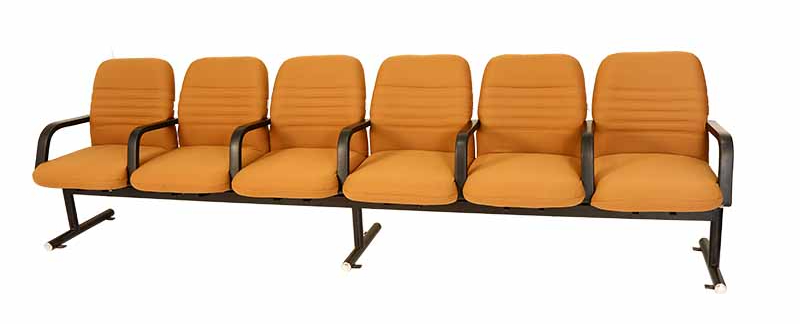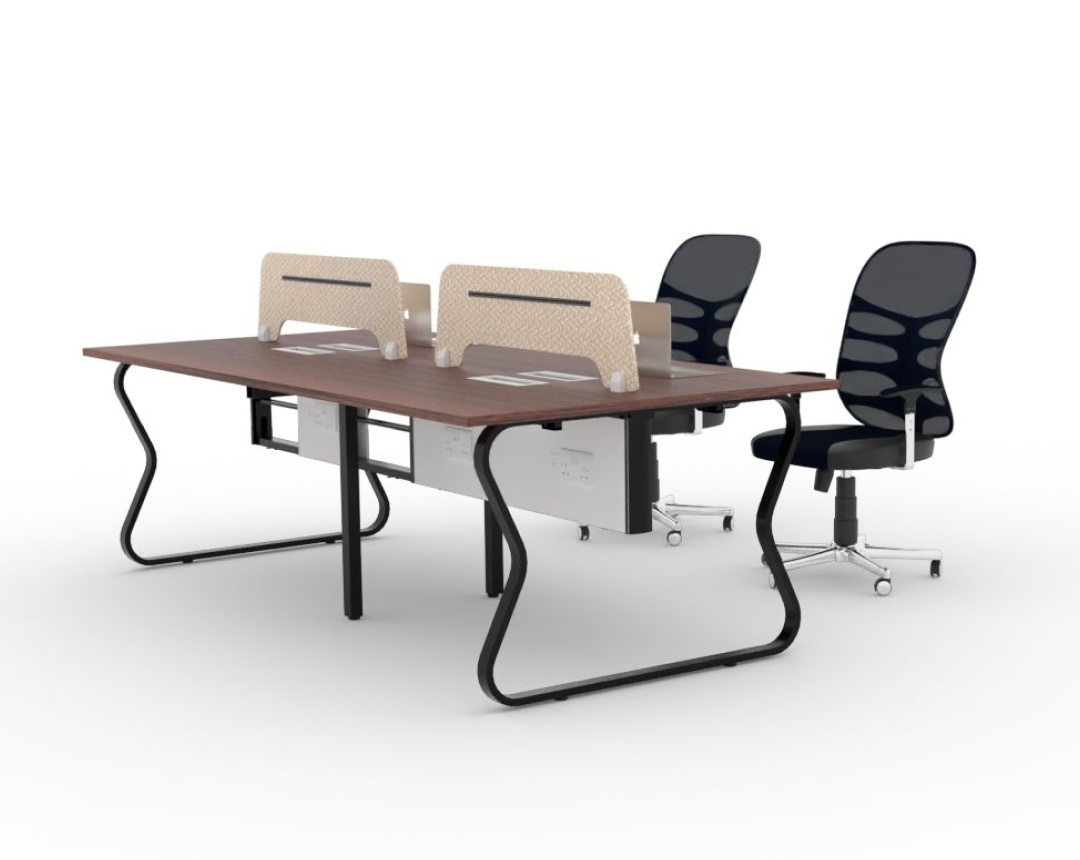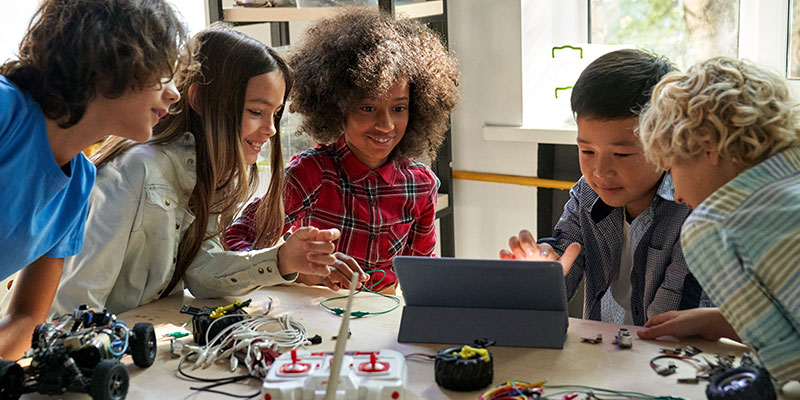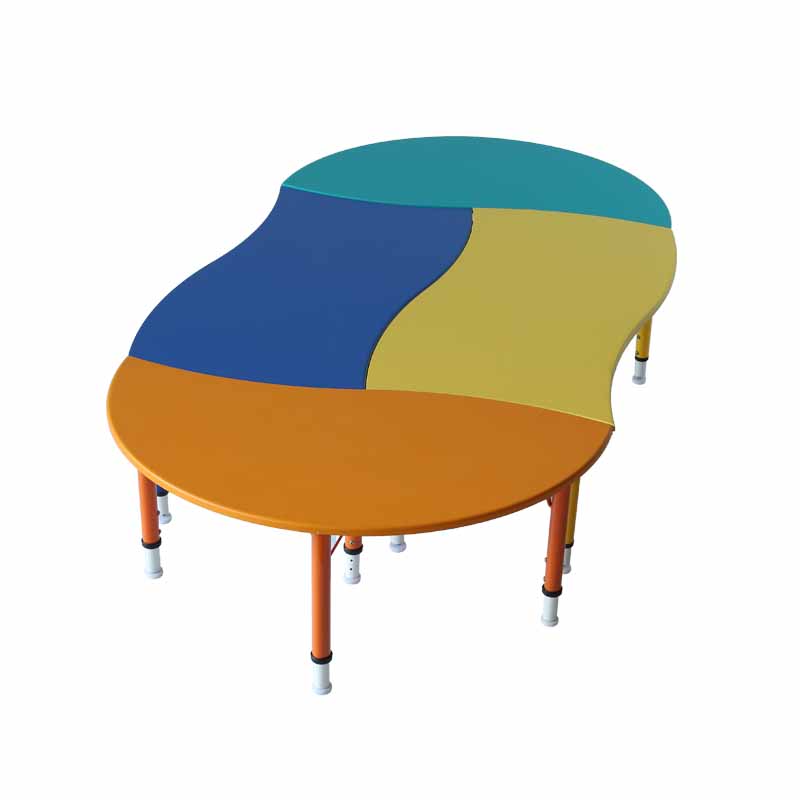Does your school boast a STEM classroom?
STEM education is well-known to the current generation of students and teachers. In most educational institutions, however, the importance of having STEM-specific classrooms is relatively recent.
Does a separate classroom better serve STEM education? Indeed, yes, because traditional classrooms are only suited for lecture-style lessons. STEM, however, requires a more hands-on environment that aligns with the curriculum.
Now that we’ve got your minds racing about STEM classrooms let’s dive into the details.
What Exactly is a STEM Classroom?
STEM education combines Science, Technology, Engineering and Mathematics- the “Big Four” of the world of education that many students aspire to learn.
STEM is not even remotely close to rote learning and dry theories. It is all about hands-on learning, problem-solving, innovation, advanced thinking, and creativity, which is why this particular space requires a unique plan as opposed to traditional classrooms.
STEM classrooms break the rigid and outdated rules of the traditional classroom by allowing students to:
- Design creative solutions and implement their practical skills
- Make the most of what they’ve learned in the particular space
- Work alone or in teams to learn effective collaboration and communication skills
Throw in some of the latest tech gadgets and various supplies, and you’ve got yourself a different classroom that encourages students to think outside the box.
Perhaps you wonder what’s so different about a STEM classroom that it deserves a specially-allotted space. Nearly half a dozen aspects justify the need for a special STEM classroom. Let’s unravel the list.
5 Characteristics of an Effective STEM Classroom
There is more to STEM classrooms than four concrete walls with doors and windows. It is more of an area that exudes the following characteristics:
1. FLEXIBILITY
STEM classrooms are not the spaces for big, bulky, traditional classroom furniture and standard seating arrangements. Flexibility is incorporated into multiple aspects, such as:
- Furniture– You need straightforward, practical, ergonomic, and lightweight furniture that’s easy to rearrange and durable enough to withstand experimental messes.
- Seating order– The space should include single seats, team workstations, and tables for students to stand around and work on.
- Classroom size– Classrooms with more space for multifunctional learning and labs.
- Multifunctional space– Partition walls that provide teaching options and can be used to combine or divide rooms to make them more effective.
- Miscellaneous conveniences– Gas lines, electrical outlets, cupboards, and sinks with taps should be installed along the perimeter walls, leaving the centre space free for flexible furniture arrangement.
2. MOBILITY
Mobility comes with easily movable furniture designed with wheels and lightweight materials.
Portable tables and chairs allow students to design the workspace most comfortably. Students should be able to easily transition from one seating arrangement to another when the need arises by moving the furniture in creative ways. An additional convenience is a mobile whiteboard, which allows students to wheel them to whichever place they want to instead of huddling around a single board on the wall.
3. TECH-FRIENDLY
Technology and STEM are interwoven. There is no STEM education without technology. Hence, STEM classrooms need mandatory access to the following:
- Multiple electrical outlets
- Internet connection with boosted signals
- Extendable wire cables for easy access to power anywhere in the school
- Interactive TVs and display boards
- VR devices, scanners, 3D printers, tablets, and desktop computers
The more tech-savvy your classroom is, the more valuable it will be for your students.
4. TEAM-FOCUSED
Good ideas come from individuals, but great ideas are born from teamwork. STEM classrooms encourage individual work, but the curriculum mostly calls for collaborative team effort, mainly because it teaches students to listen to others’ opinions and ideas and make decisions to work on what’s best for the project or assignment.
5. ORDERLY
There can be a lot of noise and chaos regarding project-based learning, with each team trying to solve problems uniquely. Hence, a well-organised classroom is essential to making it a productive and effective environment.
We can now move on to designing STEM classrooms based on our understanding of their unique characteristics. Creating a STEM classroom involves looking at the big picture from start to finish. It is also essential to pay attention to every little detail- even when choosing furniture because you need to be mindful of its overall impact.
Also Read: Innovative Furniture: The New Classroom Essentials
Top Features to Look Out For When Designing STEM Classrooms
The following features will help you determine the best possible choices for your STEM classroom when designing it:
1. The Classroom Space
The interdisciplinary, project-based learning your students experience in this space will be unlike anything they will share anywhere else. By designing the area around the curriculum, you will be able to satisfy the needs of many students across many different disciplines. Using smart furniture might also allow you to use the same room for STEM classes.
2. The Storage Space
A single large storage unit with separate bins to hold everything will be the ideal storage space for your STEM materials. Labelled storage units are great for everything from pipe cleaners, straw sticks, beakers, test tubes, and whatever else that’s needed for STEM experiments.
3. The STEM Materials
When we say “ materials”, you may require a lot of things, from the most mundane objects to robotic hi-fi equipment, because that’s how you can teach STEM. These classrooms will generally need the following:
- Video cameras
- Computers
- Printers
- Scanners
The list also includes surprisingly common items such as:
- Toilet paper rolls
- Toothpicks
- Old newspapers
- Popsicle sticks
- Disposable plastic cups
- Clay
- Aluminium foil
- Wood or plastic blocks
- Adhesive tapes
- Glue
- Colour pencils
A work area designated for “messy work”, such as hot glue, should be kept from the traffic flow. Soldering irons and other electric tools can be plugged into power strips or corner outlets.
4. The Seating Arrangement
To prioritise the seating arrangement for STEM classes, it’s best to choose polypropylene furniture that’s durable, flexible and durable. Classroom furniture suppliers manufacture STEM-friendly furniture in various colours, sizes, and shapes. All you need to do is customise the size and height of the table to suit the students.
5. The Power Sockets
STEM classrooms are hubs of modern education, which means there will be plenty of places to plug in students’ digital devices. To optimise connectivity and charging options, you can:
- Choose furniture with built-in electric panels and power strips.
- Install multiple hookups for USB portals, HDMIs, and AC power connections.
Make sure these hookups are easily accessible, allowing the classroom to remain more organised, no matter how many digital devices are used at a time.
There you have it! With these guidelines, you can create a stunning STEM classroom that will aid your students in mastering these advanced subjects.
Before winding up our blog, we leave you with some valuable ideas for designing STEM classrooms.
Top 5 Ideas to Make Your STEM Classroom a Worthwhile Investment
1. Implement a student-focused design that encourages a better understanding of STEM, effective interaction and teamwork among students.
2. Develop prototypes to help you finalise the ideal STEM classroom design. Moreover, implementing a pre-approved classroom plan that meets all programme requirements can reduce your design and construction costs.
3. Get ideas from your students, staff, STEM experts, administrators, and stakeholders. A collaborative design process will bring forth new and innovative ideas.
4. To gain inspiration and ideas about STEM-friendly furniture, visit other schools that have successfully designed and implemented STEM classrooms.
5. Talk to your classroom furniture manufacturer about customising furniture specifically for your STEM classroom.
Wrapping Up
Only some schools have STEM classrooms. Ensure your STEM classrooms stand a cut above the rest, including your students in the planning process. Their inputs will add incredible value to your STEM classroom’s looks and functions.
Also, you can approach our team at Inspace School Furniture, classroom furniture suppliers in Chennai, to customise your specifications. Feel free to browse our website or call us today for more details.

